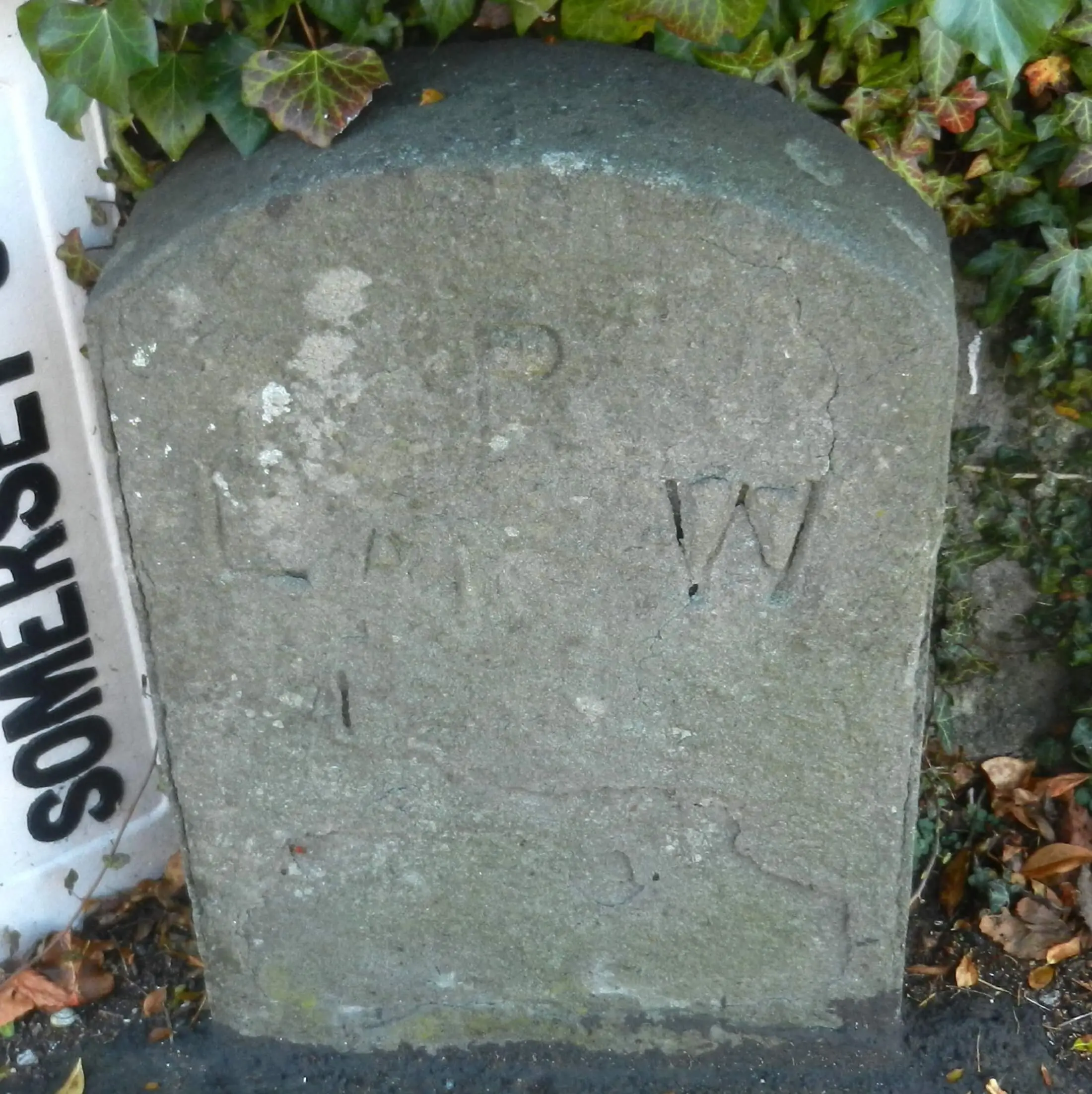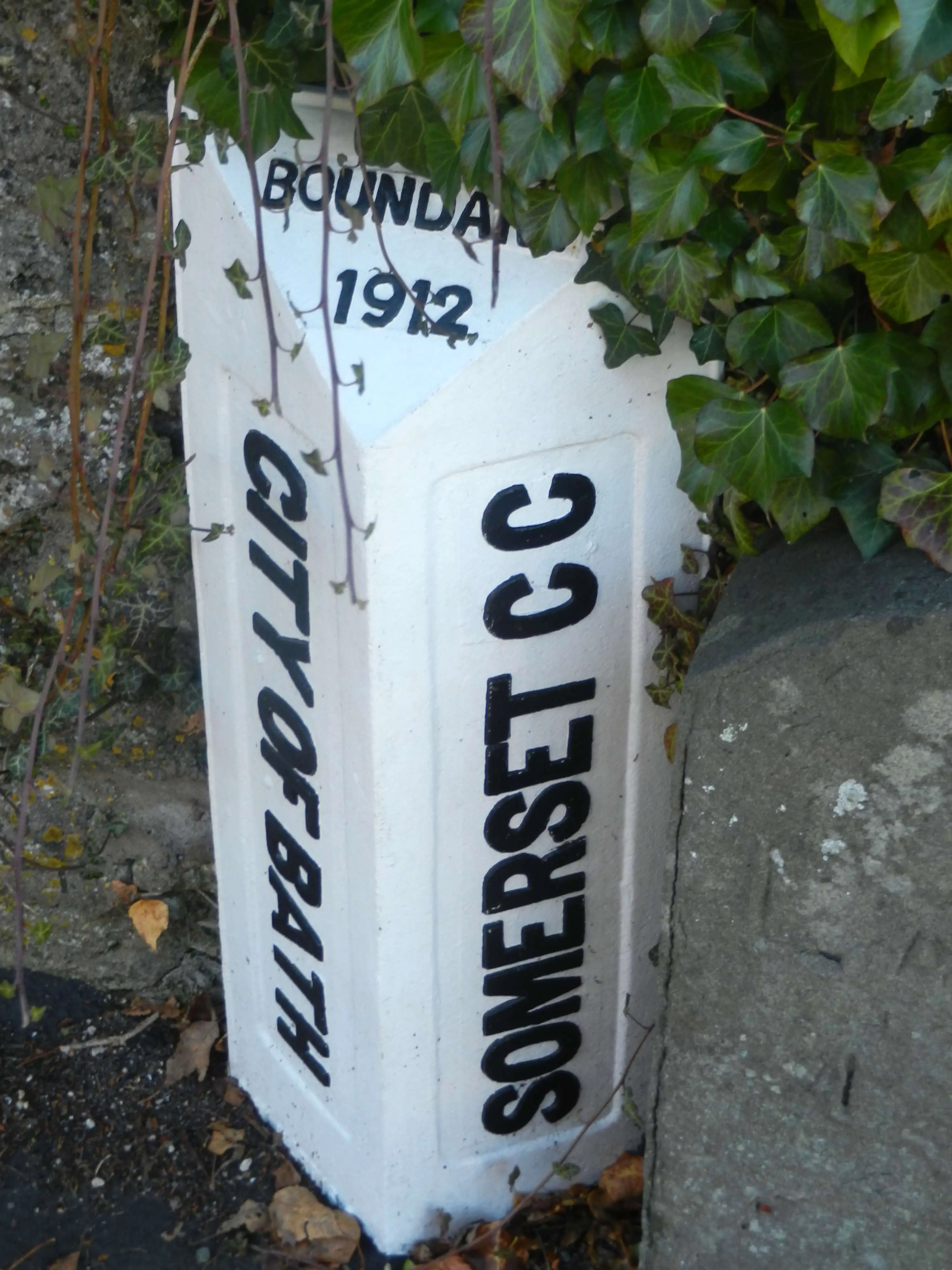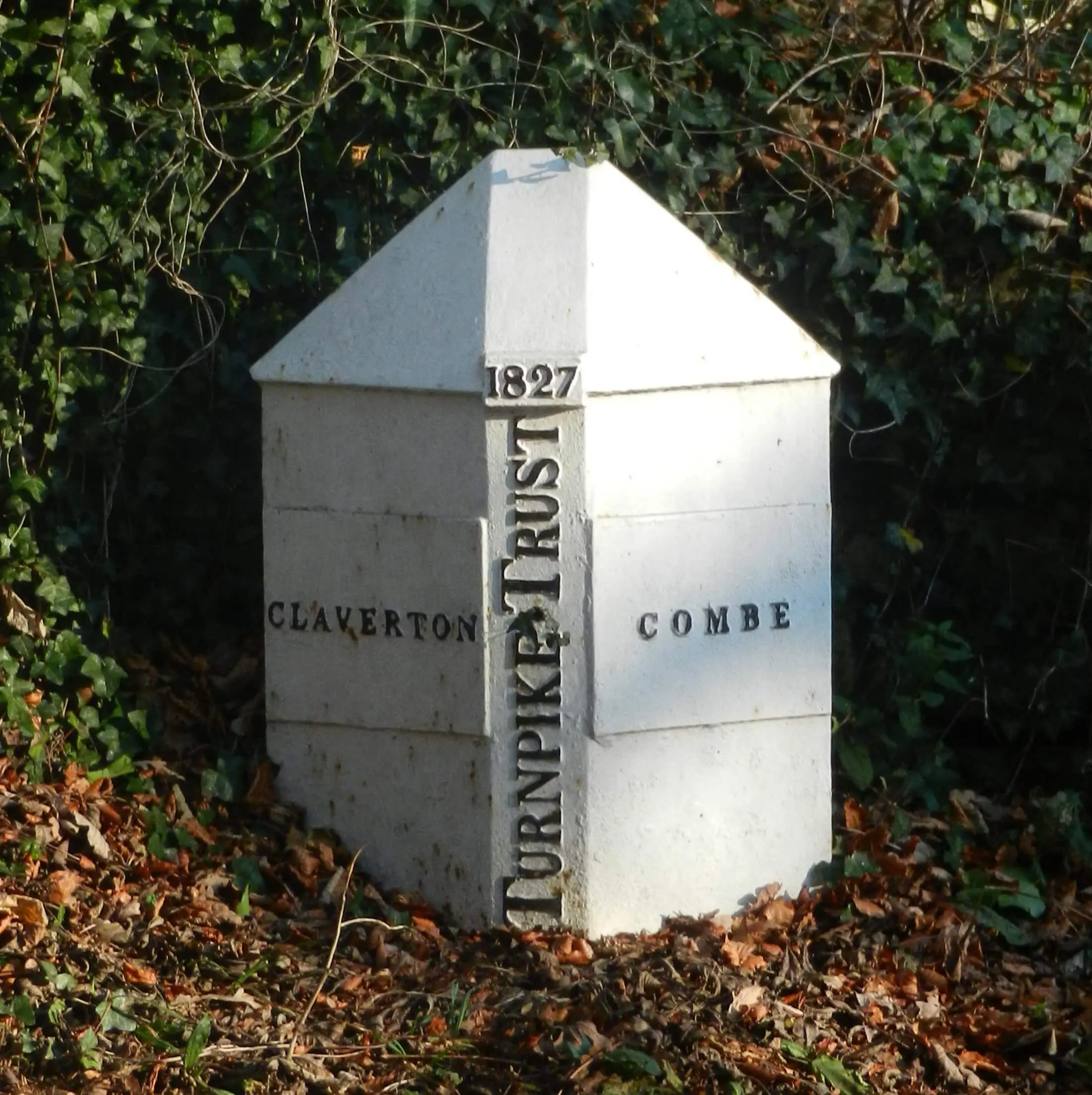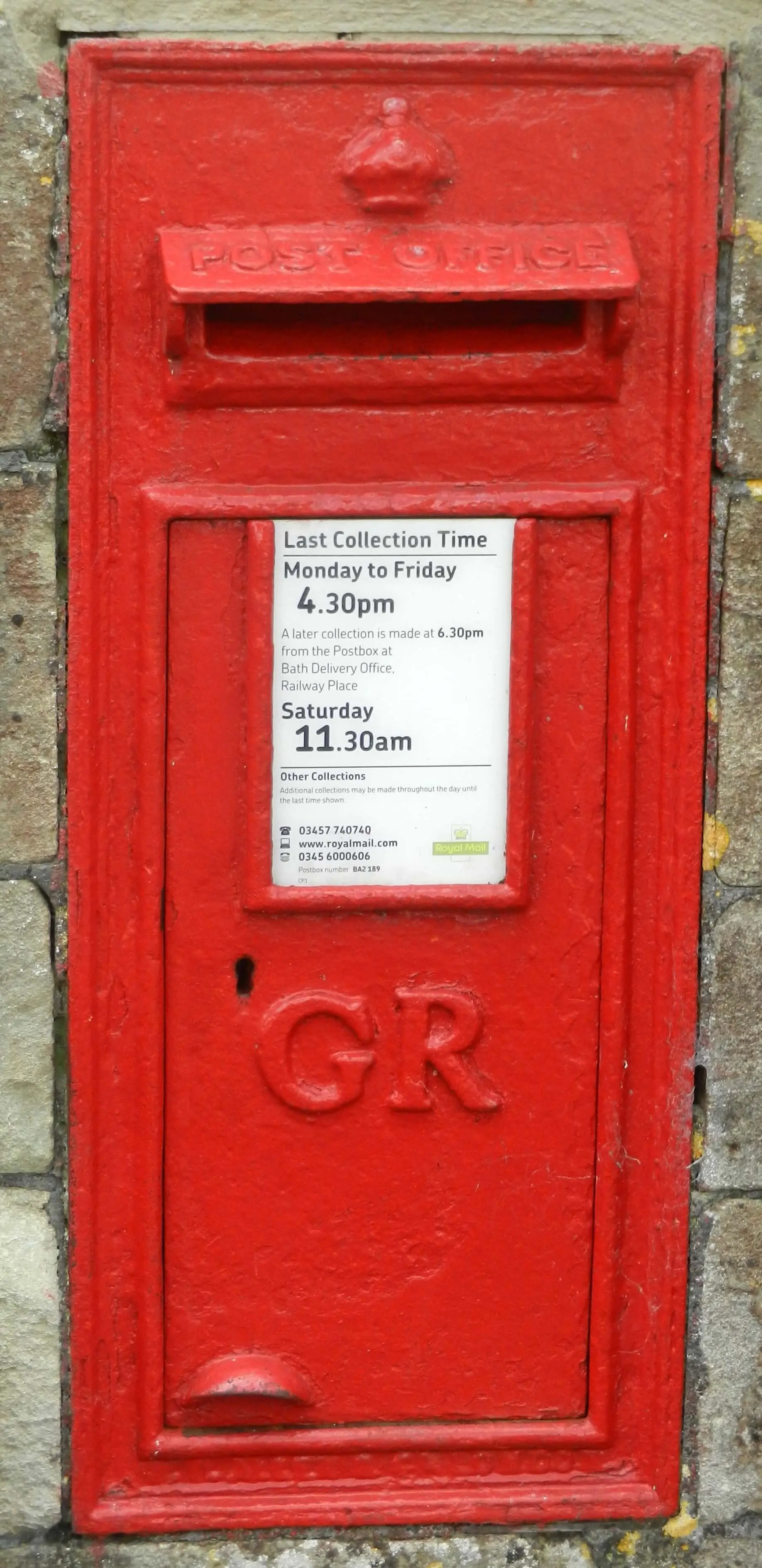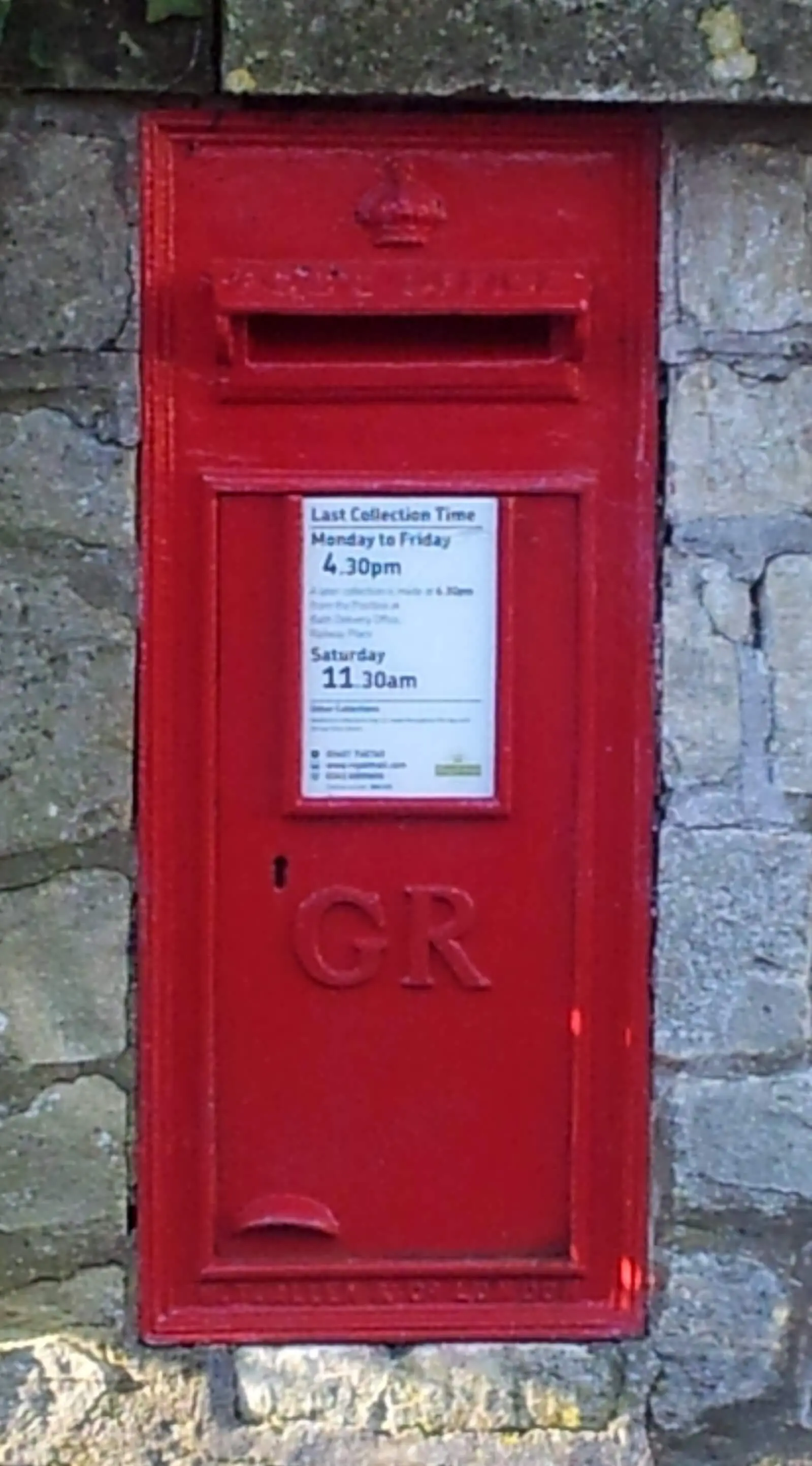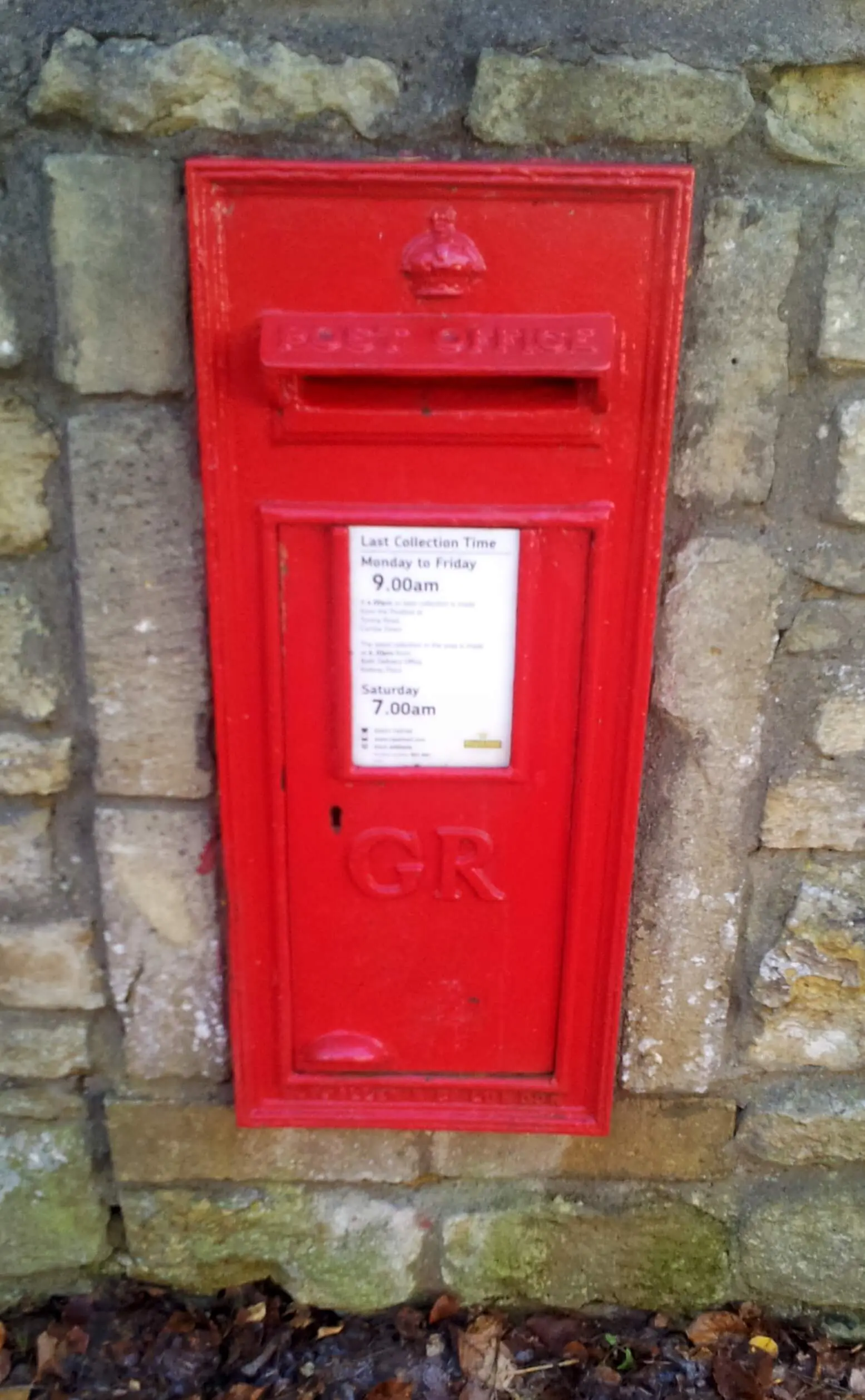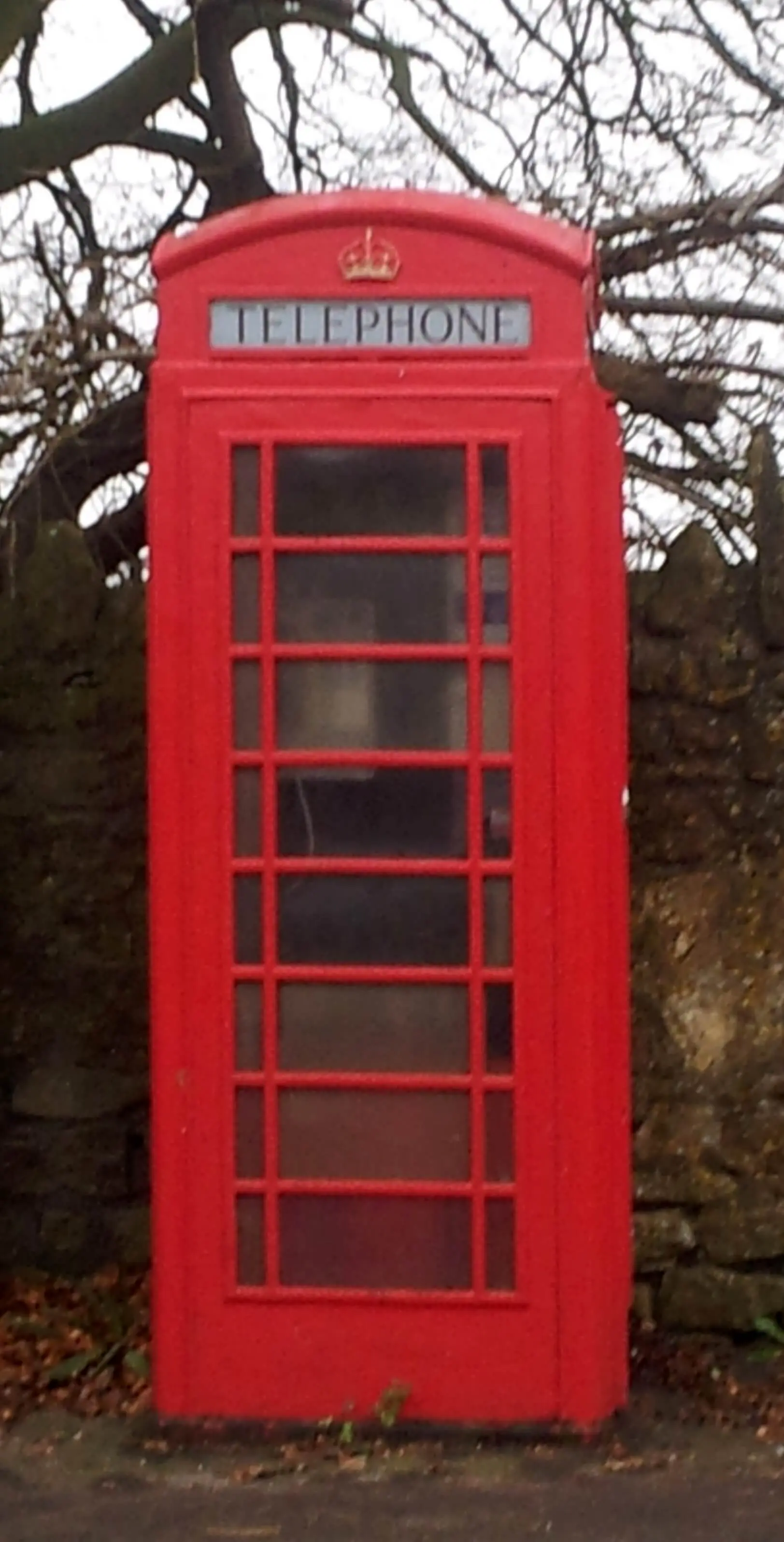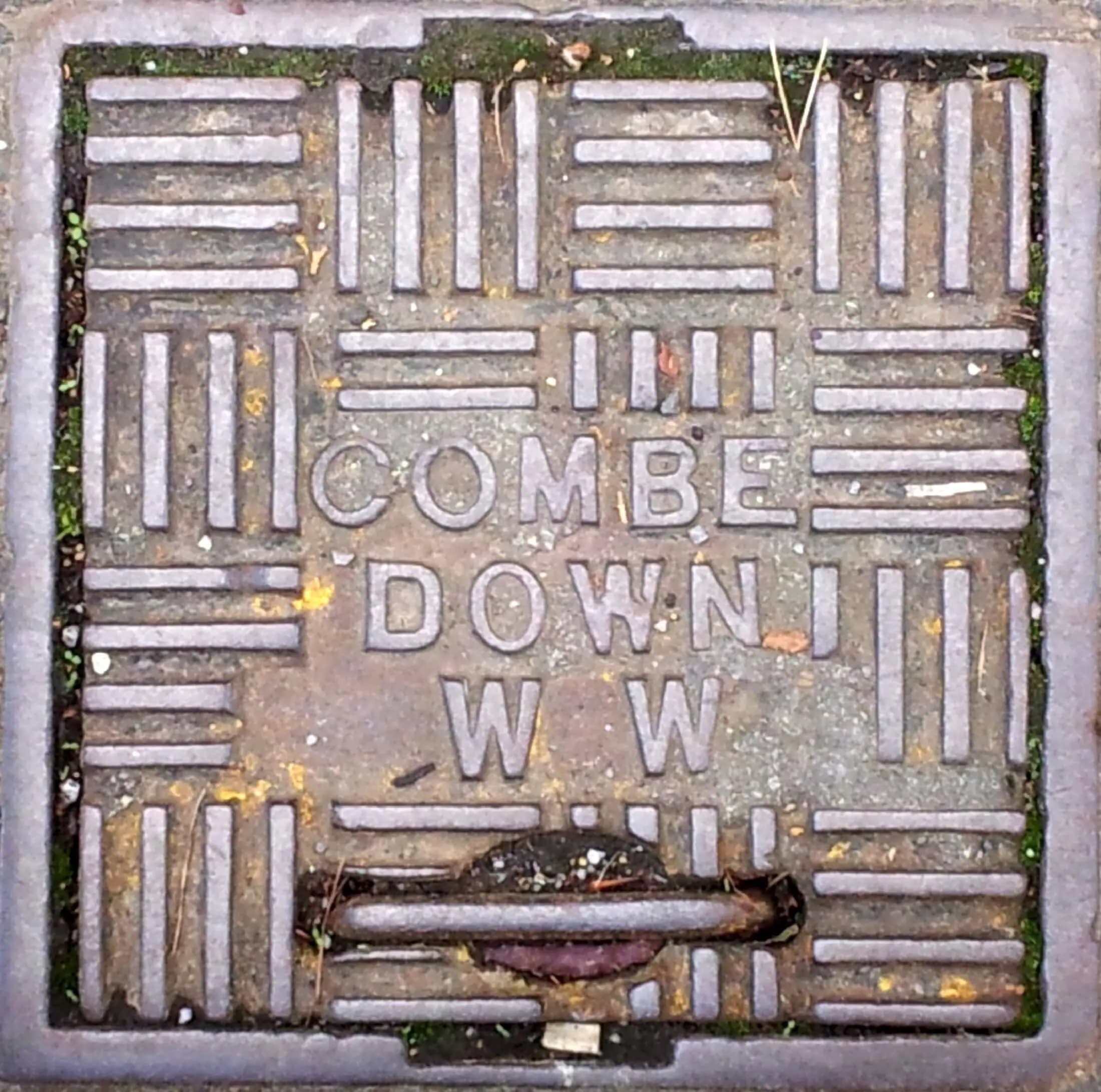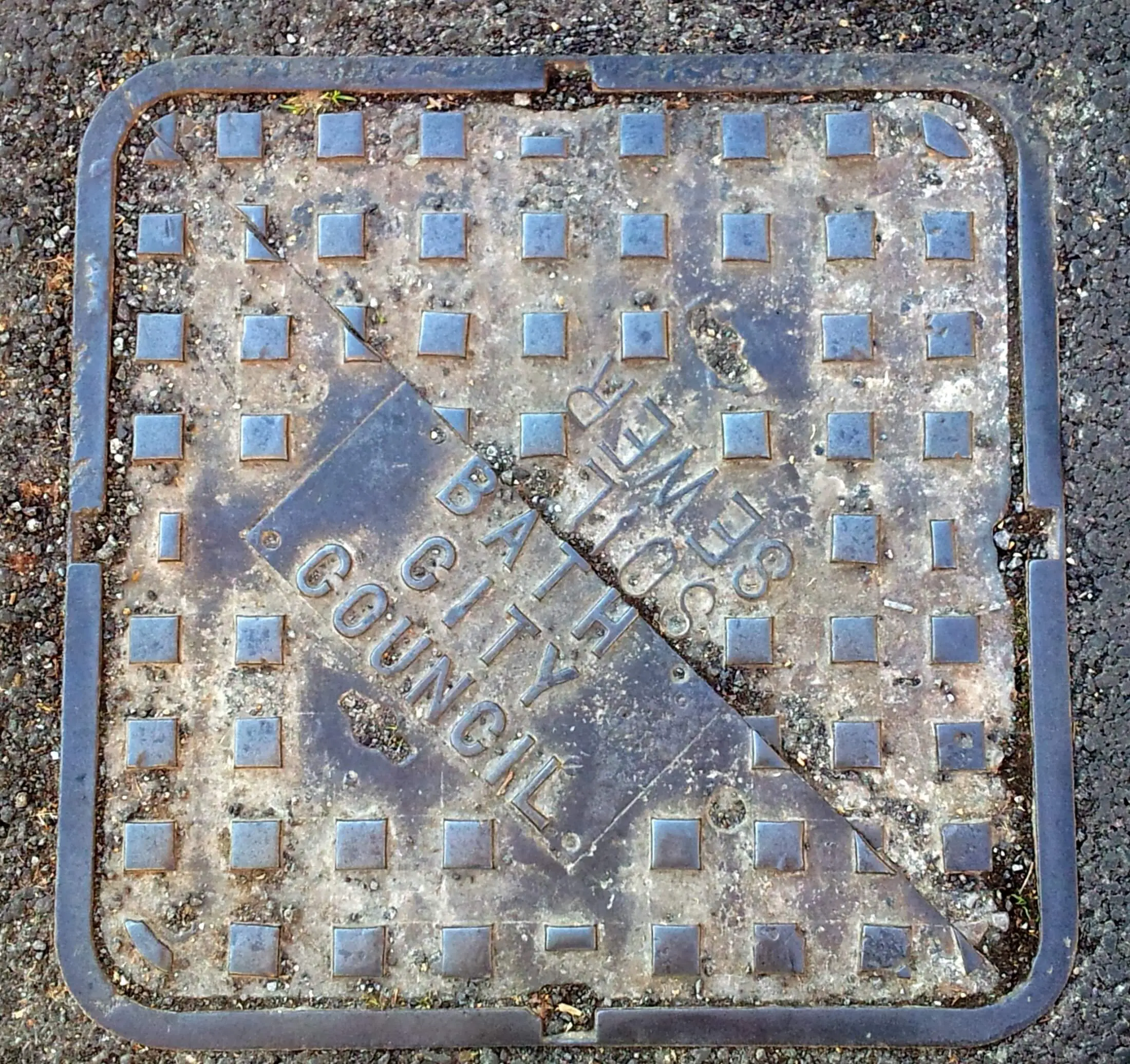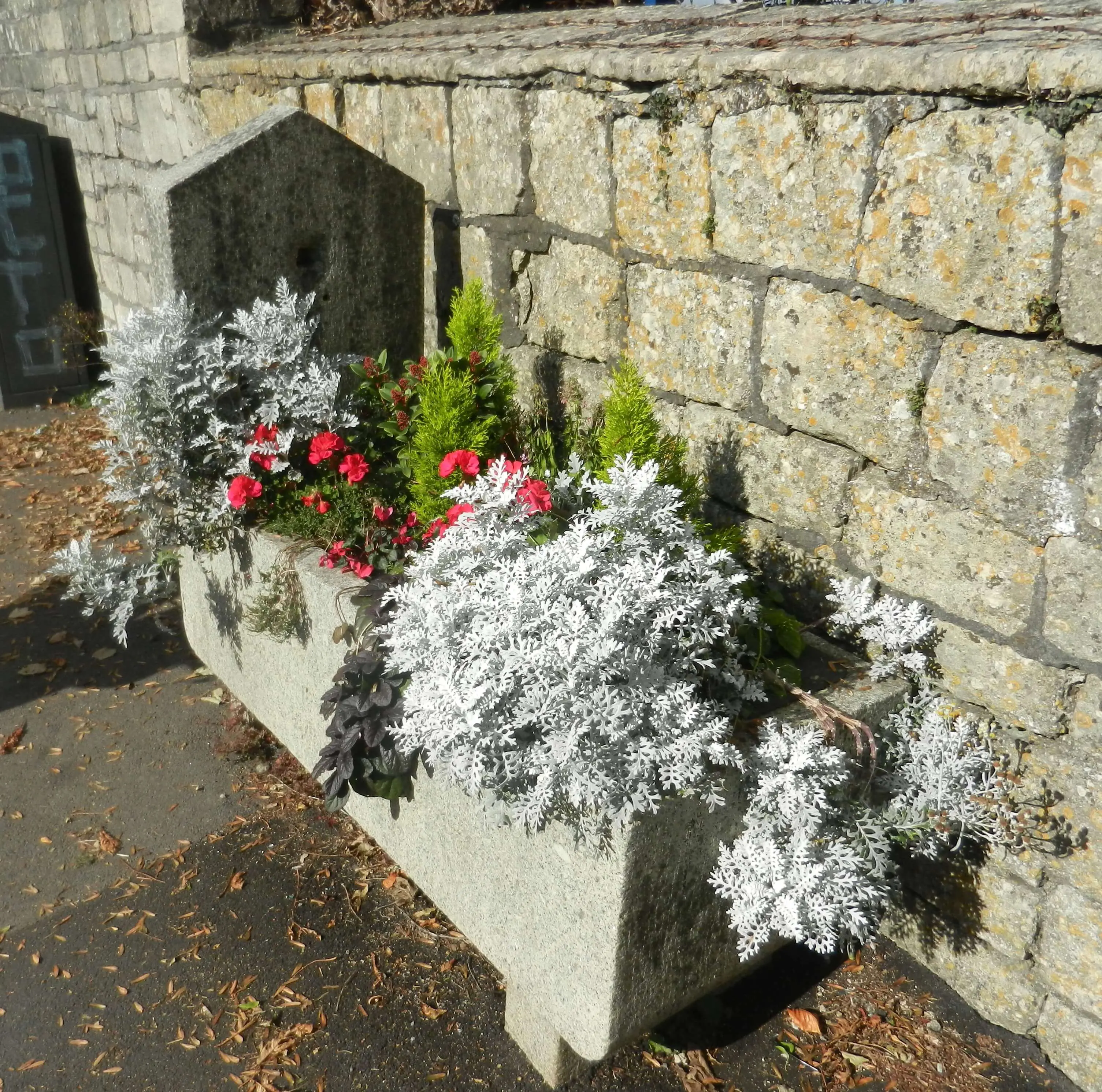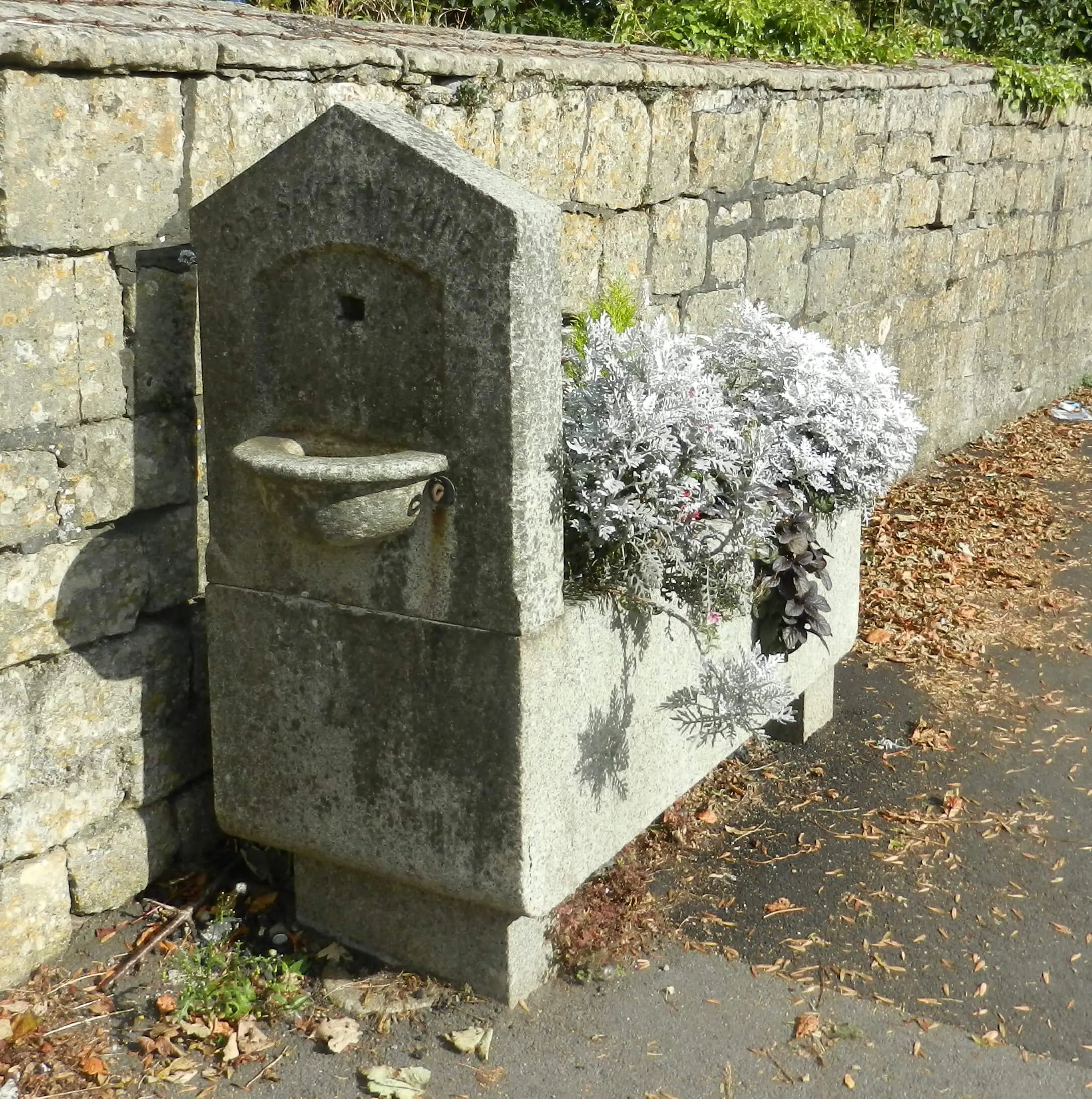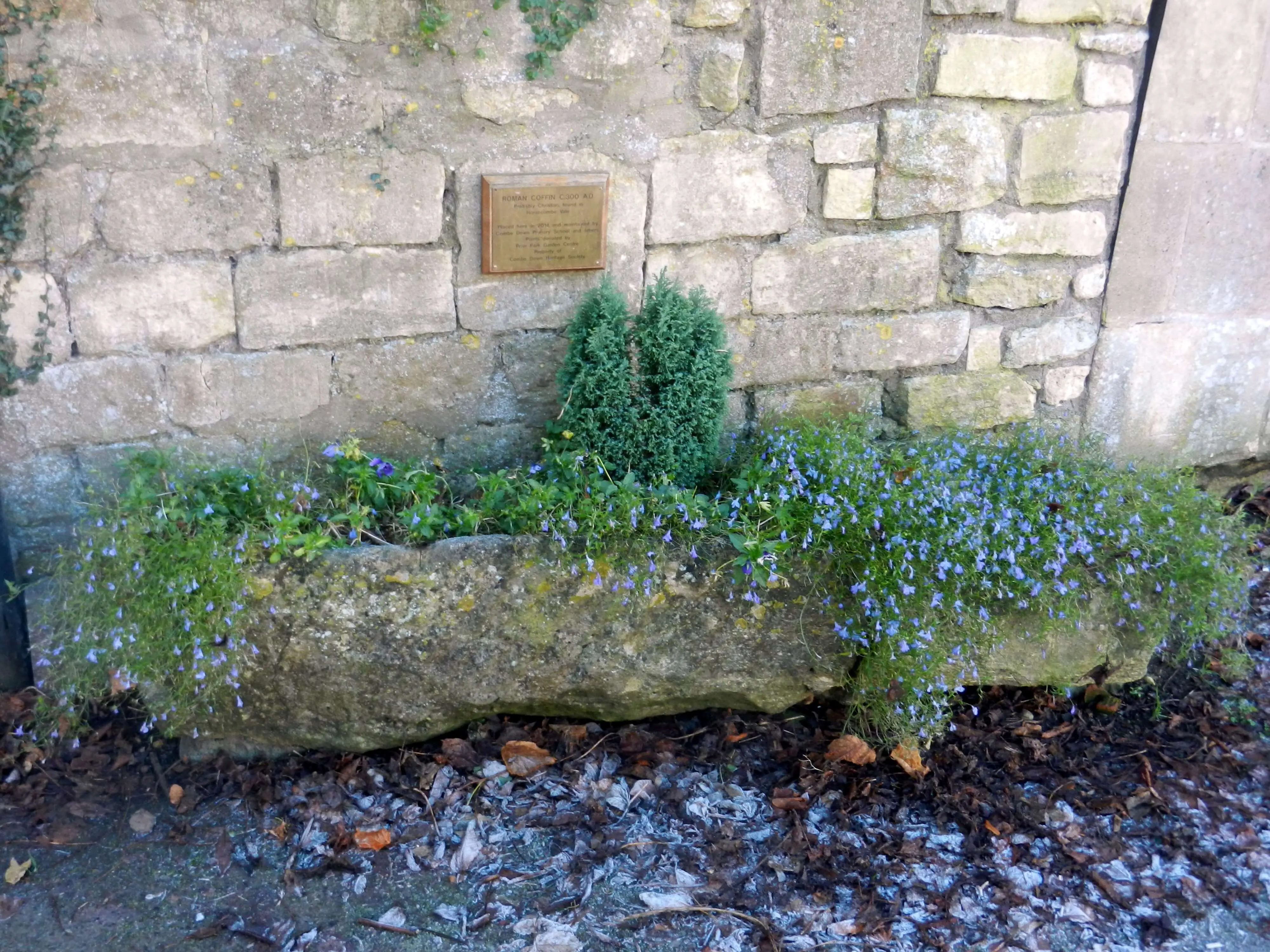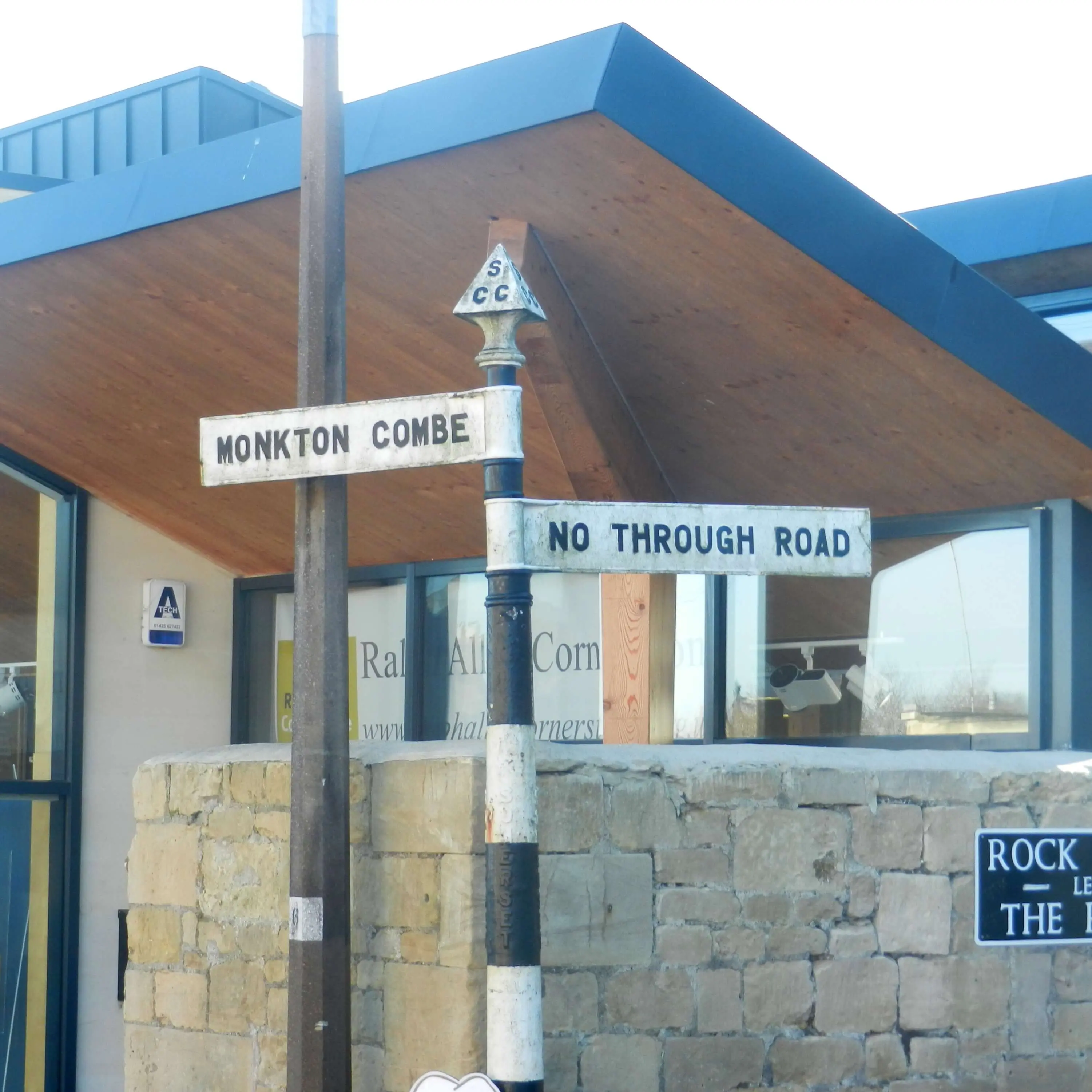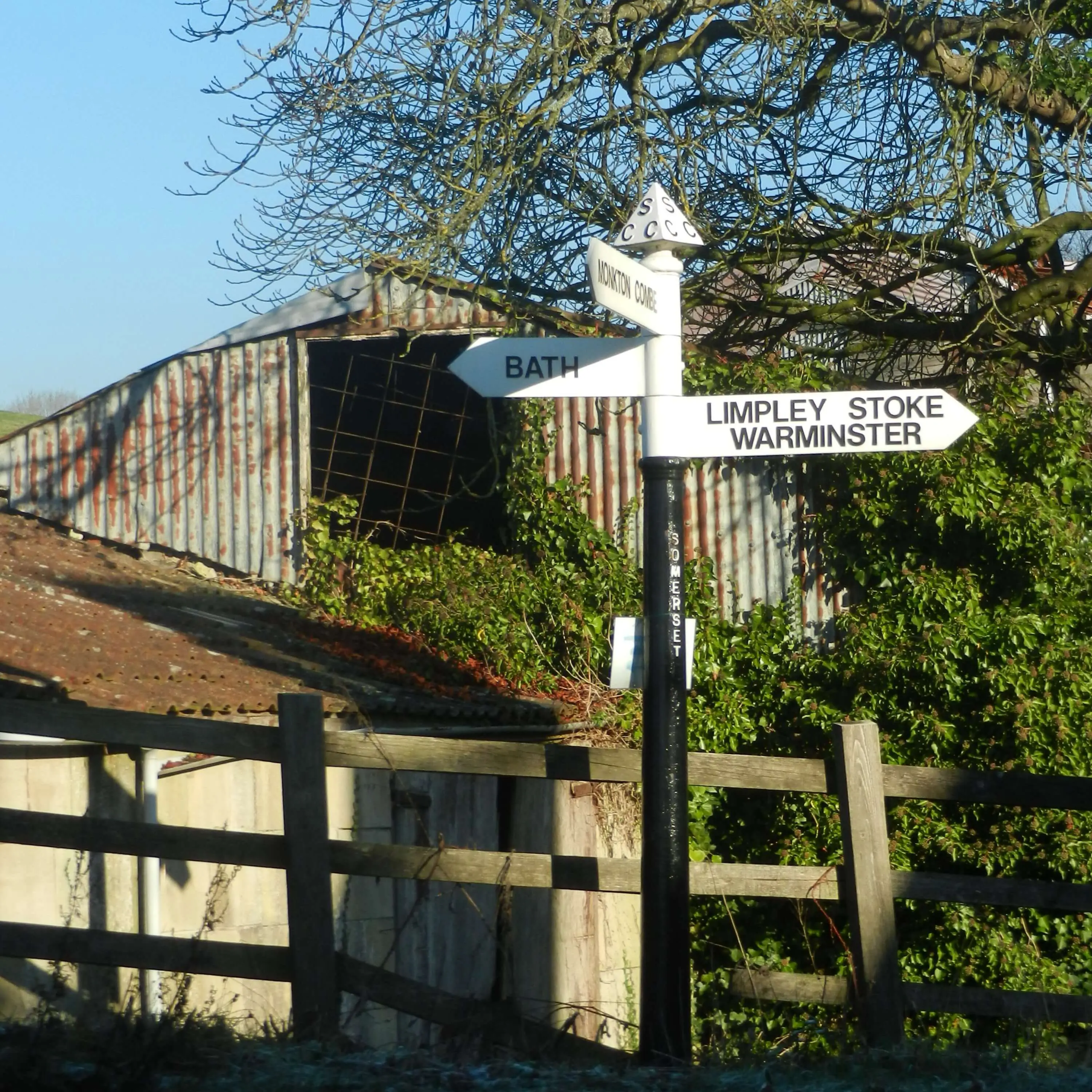Street furniture
Street furniture is objects placed or fixed in the street for public use, such as post boxes, phone boxes, benches, fountains, watering troughs, memorials and everything else.
Although it’s now something with which we are all familiar, it’s really only in the last 200 years or so that it has become common such that now there are appeals to reduce some of it to stop motorists and others becoming confused.
Of course, stone or wood milestones, horse troughs and tethering posts have existed since the Romans built their roads.
Later on in the UK, the limits of each parish needed to be known leading to parish boundary markers being set up so that people knew who was responsible for contributing to a particular church. This led to the old ceremony of ‘beating the bounds’ so that everyone knew their parish limits.
In the 18th century, turnpike trusts were required by law to provide milestone markers.
As technology improved during the Industrial revolution there were improvements to the roads such as gas lighting and then, some considerable time later electric lighting arrived. It was found that it had side benefits too, by helping to reduce crime.
In 1889 Camillo Sitte (1843 – 1903) published ‘City Planning According to Artistic Principles’ the first attempt at artistic urban planning. Since then the whole area of garden cities and street furniture etc al has grown as government has tried to to make streets more functional, pleasant or convenient for city residents.
Over time some elements of street furniture such as the red telephone kiosk of Sir Giles Gilbert Scott OM RA (1880 – 1960) have become famous in their own right as well as well loved. Historic England now lists street furniture as well as buildings.
For this page I’m only interested in the historical street furniture around Combe Down and Monkton Combe.


